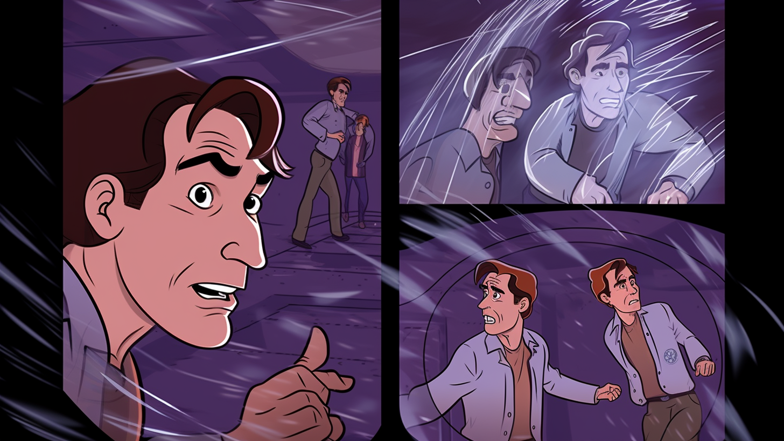
What Is Teleportation?
Teleportation is the process of transmitting matter from one location to another without physically moving it through the intervening space. Instead, it involves the creation of an identical copy of the original object at the destination, with the original object being destroyed in the process.
For many people, the concept of teleportation raises a few questions. What happens to the original object? Is the teleported object exactly the same as the original in every way? How does this process work?
The Science Behind Teleportation
The concept of teleportation is based on the idea of quantum entanglement. This is a phenomenon that occurs when two particles become linked in such a way that they share a single quantum state, even if they are separated by large distances.
In practical terms, this means that if two particles are entangled, any change made to one will be reflected in the other, no matter how far apart they are. This property forms the basis of teleportation, as it allows information to be transmitted instantaneously between two entangled particles.
The process of teleportation relies on the fact that a particle's quantum state contains all the information needed to recreate the particle exactly, including its position and momentum. By using two entangled particles as a communication channel, this quantum information can be transmitted from one location to another.
The Teleportation Process
The process of teleportation involves three particles: the original particle to be teleported (let's call it A), and two entangled particles (B and C). The process can be broken down into four steps:
1. Particle A is brought into contact with particle B, which places particle B in an entangled state with particle A.
2. The state of particle A is measured, which collapses the entangled state of particle B and generates a new state for particle C.
3. The state of particle C is transmitted to the destination location, where a new particle (D) is created with the same quantum state as particle A.
4. The original particle A is destroyed, completing the teleportation process.
It's important to note that only the quantum state of particle A is teleported, not the particle itself. This means that the original particle is destroyed in the process, and a new one is created at the destination location.
The Possibilities of Teleportation
Teleportation has the potential to revolutionize a wide range of fields, from medicine to space exploration. Imagine being able to instantly transport organs across the world for life-saving surgeries, or being able to explore distant planets without the need for expensive and time-consuming rocket launches.
One particularly exciting application of teleportation is in the field of quantum computing. Teleportation could be used to transmit quantum information between different parts of a quantum computer, enabling much faster computations than are currently possible.
Current Research and Experiments
While teleportation might seem like something out of a science fiction novel, there are actually a number of ongoing experiments and research projects exploring the possibilities of this technology.
In 2017, a team of Chinese scientists reported that they had successfully teleported a photon from the Earth's surface to a satellite in orbit, marking the first-ever teleportation of a particle from the ground to space.
Another recent experiment involved teleporting information between two diamonds, using a process similar to the one described above. This experiment demonstrated that teleportation can be achieved between non-identical particles, which is an important step towards practical applications of the technology.
The Future of Teleportation
While there are still a number of technical challenges that need to be overcome before teleportation becomes a practical reality, the advances being made in the field of quantum mechanics are bringing us closer to this exciting technology every day.
In the future, we may be able to transport everything from single particles to entire objects across the world or even across the galaxy. The possibilities of teleportation are limited only by our imaginations and our ability to harness the power of quantum mechanics.
Conclusion
Teleportation is quickly becoming a reality, thanks to the advances being made in the field of quantum mechanics. While the technology is still in its early stages, there is no doubt that teleportation has the potential to revolutionize a wide range of fields, from healthcare to space exploration.
As we continue to explore the possibilities of teleportation, we're sure to discover even more exciting applications of this incredible technology. The future is looking bright for teleportation, and we can't wait to see what the future holds.
Comments
Post a Comment